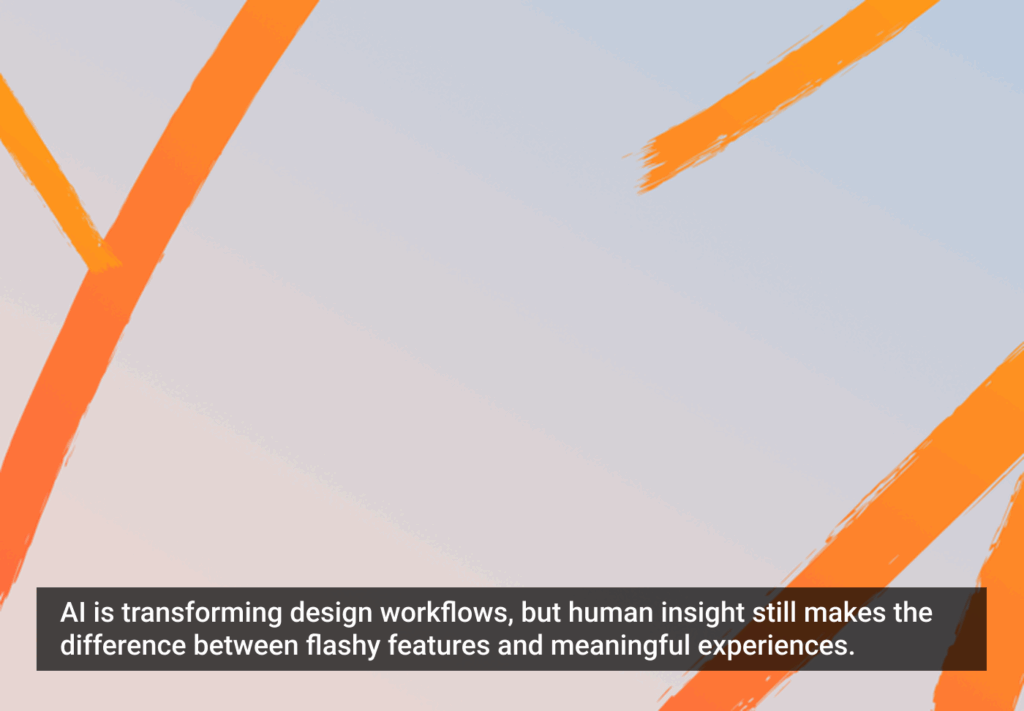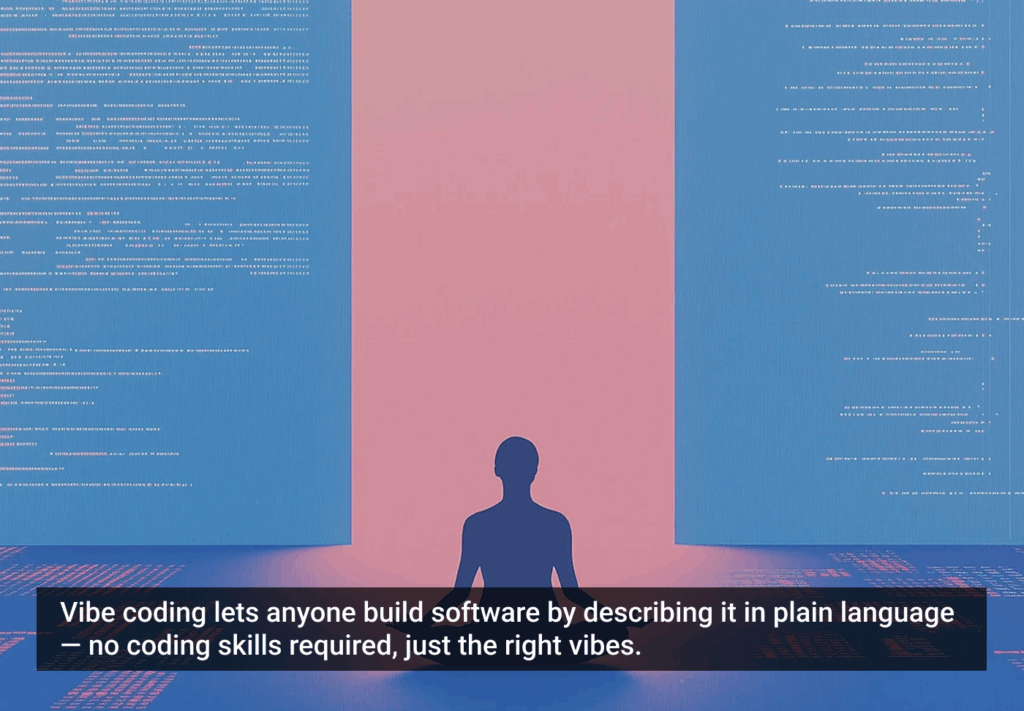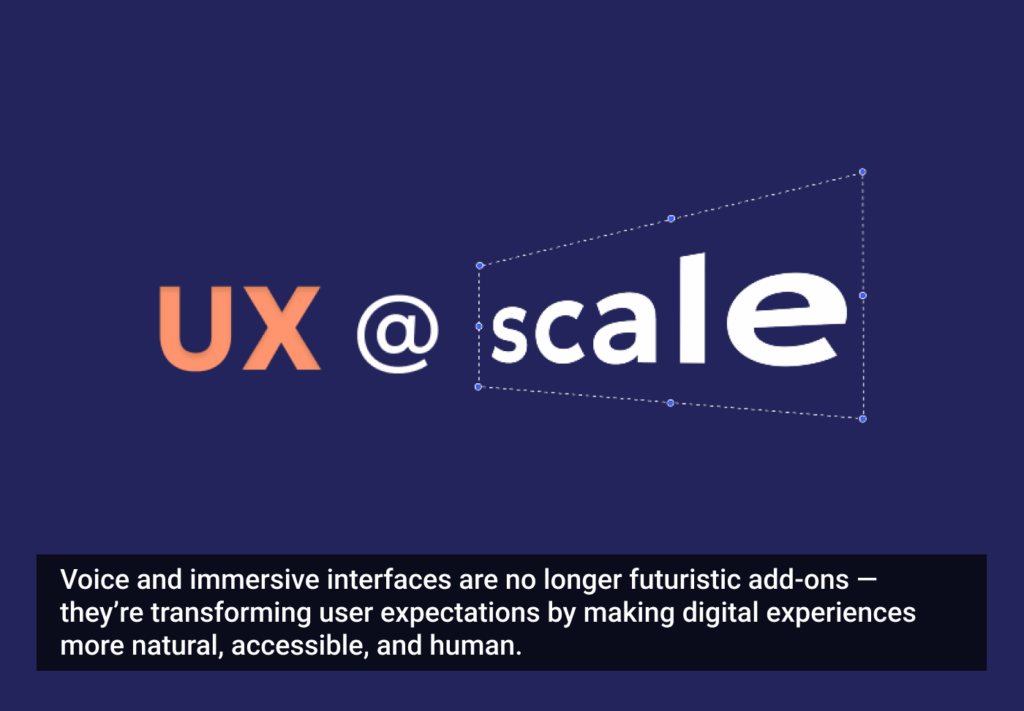Earlier this month we announced a contest with Peter Morville to give away five signed copies of his book, Intertwingled. To enter, we asked readers to give us their answer to the question: “How has your organization’s culture changed you (or vice-versa)?” Below you can see the reponses from our winners along with Morville’s comments. You can also check out an excerpt from Intertwingled about using ethnography with users and stakeholders.
“My organization has changed me by making me appreciate the need and value of shopping ideas around one-on-one with co-workers and decision-makers before making an announcement at a meeting. In retrospect, I see that successful people have done this in the past with me but I didn’t take notice of their strategy. Now I see their strategy was to introduce change slowly and get early feedback from important people. It’s a lesson I am glad to have learned.”—Maureen Barlow of Dorchester, Mass.
Peter Morville: This is a tremendously valuable lesson. It’s a shame that we don’t do a better job of teaching this skill to new employees. On the other hand, many of them may not listen. This may be one of those lessons that people need to learn the hard way.
“My organization’s culture has changed me in lots of ways. I’ve become more punctual and responsible, and have developed a can-do attitude even after experiencing failures.”—Sameer Kinger of Chandigarh, India
Peter Morville: Sounds like you’re in a great organization!
“I’ve learned that though collaboration and sharing of ideas, we are able to design more meaningful products.”—Tanya Ahmed of Kent, U.K.
Peter Morville: Collaboration can be among the most difficult (but most valuable and rewarding) things we do.
“The culture of the organization has changed me because, with a big push for design thinking, I’ve had to dust off my old quantitative research skills and plunge back into the world of experimental design, multiple regression analysis, etc. At the same time, I’ve been able to help my organization understand the value of qualitative research methods to drive strategic product development.”—Kelley Howell of Norfolk, Va.
Peter Morville: In graduate school, I asked the statistics professor whether his course would be useful for a career outside academia. He said “No.” So I didn’t take the class. I’ve always regretted that decision. That said, I’m glad to hear you’re balancing quantitative and qualitative approaches.
“I’ve been changing the culture here by integrating design thinking into all of our processes and approaches, along with general user experience.”—Elisa K. Miller of Dallas, Texas
Peter Morville: Excellent! It’s great to hear from someone who’s changing their organization, and not just being changed 🙂
Collaboration can be among the most difficult—but most valuable and rewarding—things we do @morville
Peter Morville is one of the judges in the international Design for Experience awards, presented by UX Magazine. Learn more about the awards here, and make a recommendation using the form on the right today!
Image of co-workers working courtesy Shutterstock.







